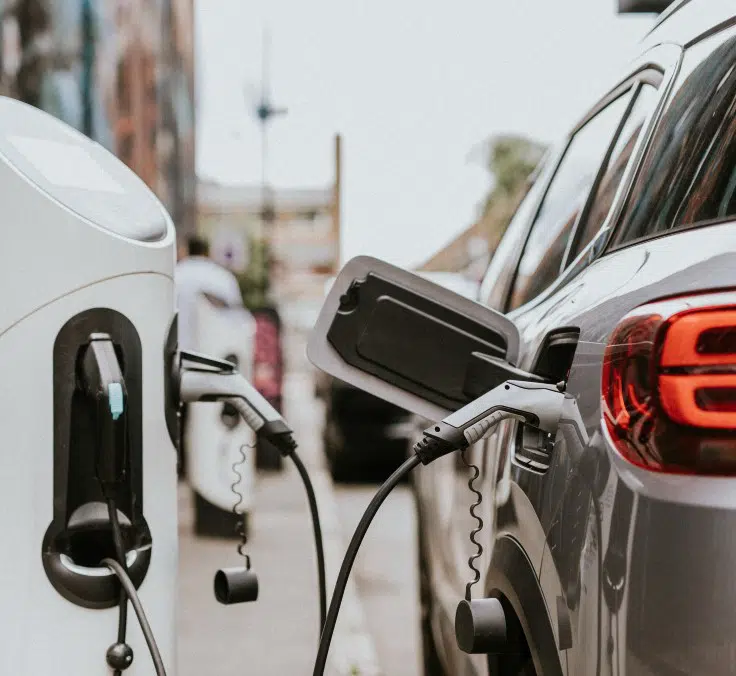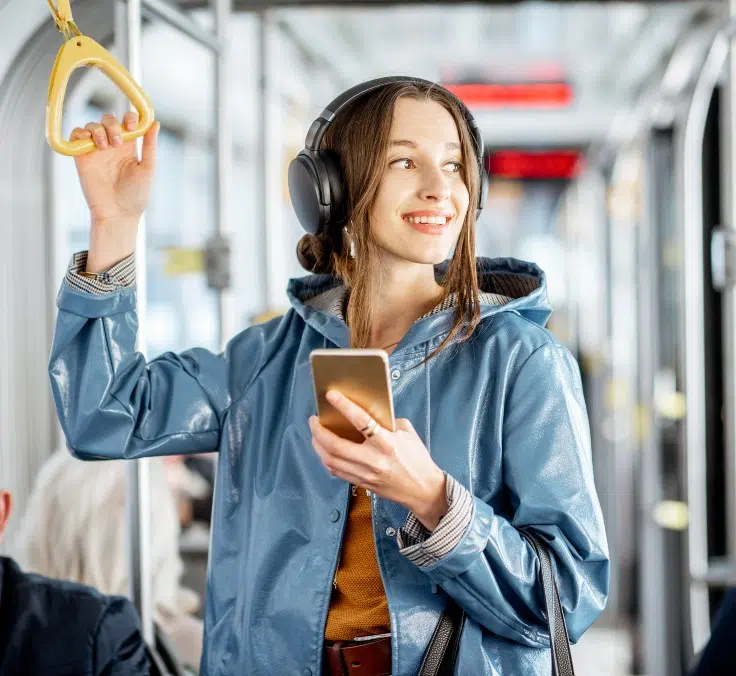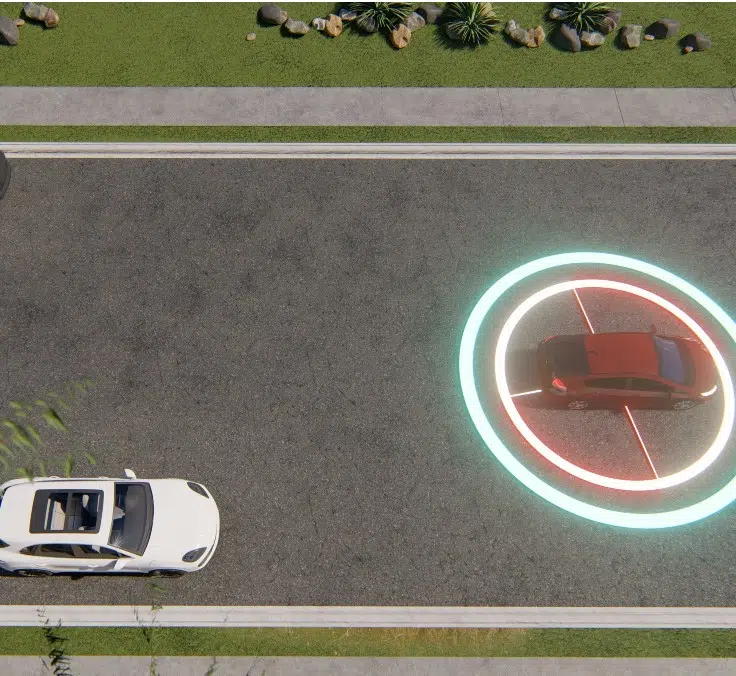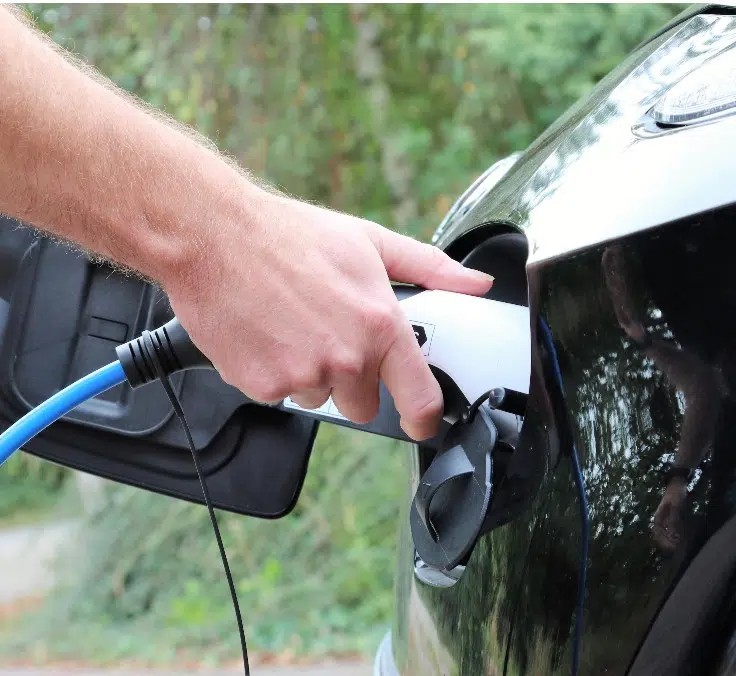SUSTAINABILITY| 22.09.2022
On Car Free Day, pedestrians rule the city
Close your eyes for a minute. Imagine a city that was designed to make its streets safe, comfortable, and easy to navigate. Imagine a city with barely any asphalt in sight.
Car Free Day, the annual culmination of the Europe-wide Mobility Week held from September 16-22, aims to reclaim urban spaces for pedestrians and cyclists, raise awareness of pollution, and promote public transportation.
While this year will mark its 22nd edition, the event has its origins well beyond the year 2000 and has seen an increasing number of participating cities year after year. To trace its history, we must go back to 1973, when the oil crisis led many countries to rethink the existing mobility model. By the 1990s some cities had already begun to promote measures aimed at ensuring more sustainable mobility, and in 2000 the European Commission established Car Free Day as an official global initiative.
Playing our part
As we’ve already seen in another article, MAPFRE is committed to changing mobility through sustainability. Through CESVIMAP, our innovation and development center, we contribute to connected, autonomous, shared, and electric mobility. We also offer our employees alternatives to using their personal vehicles, such as shuttle buses that connect our offices to the main points of the city, and we foster education and awareness of mobility and sustainability through Fundación MAPFRE.
Most of the time we’re not aware of how easy it is to leave the car at home and get to where we need to be using other options, so today we’re going to take a look at what changes we can make to adapt to new urban mobility and the benefits of doing so.
Alternatives to traveling by car
Did you know that the average trip distance made by car in urban settings in Spain is no more than three kilometers?
This distance could be covered by walking just over thirty minutes, cycling just over ten minutes, or by taking a quick, calm, and efficient trip on public transit. In the US, the average trip distance by car comes out at less than 10 miles.
Walking
Walking is the simplest and healthiest alternative for short journeys, which make up the vast majority of trips in urban settings. While it’s true that today’s cities are designed with cars in mind, an increasing number of initiatives are reclaiming space for pedestrians and walking.
Public transit
Even taking into account the obvious differences between the public transportation networks in large cities and other parts of the country, it is one of the most convenient and fastest alternatives to taking a car for distances where walking or cycling is unfeasible. It is a much cheaper option than using a personal car, and it reduces traffic congestion in cities, leading to less pollution and less noise.
Bicycle or personal mobility vehicle (PMV)
Cycling is a healthy and safe option as long as we follow basic safety measures. In recent years we’ve also seen the proliferation of personal mobility vehicles, essentially electric scooters. While they don’t make us any healthier, they do contribute to a healthier environment by eliminating emissions and allowing us to move around the city quickly and sustainably. In Spain, it’s important to follow the rules: don’t use them on sidewalks or pedestrian areas, don’t go faster than 25 km/h, and don’t use headphones or cell phones while riding.
Leaving the car at home has benefits for your health
Exercise
Sedentary lifestyles (i.e., less than 90 minutes of exercise per week) are linked to numerous health problems, and combating such lifestyles is one of the biggest challenges of our time. Finding time for physical exercise is essential, as activities such as walking or cycling help to keep us fit.
Rest
Exercise, as well as keeping us active, has an additional benefit: it makes us more tired at night and thus tends to improve our quality of sleep. If we get enough rest, our mood improves, and we’re more ready to face the following day full of beans.
Less stress
If you choose to walk or cycle, you avoid wasting time in traffic jams, worrying about finding parking, and getting stressed out by traffic. In addition, physical exercise helps release endorphins and makes you feel better. And if you take public transit, how about taking advantage of the quiet time to keep reading that book you started? Or just close your eyes and drift off with your favorite playlist?
Improved air quality
Nine out of ten people in the world breathe polluted air. According to the WHO, this causes more than four million deaths annually, based on data available for environmental pollution. Emissions from gas-powered vehicles and poor fuel quality are the main reasons for this air pollution.
Faced with this problem, the results achieved by events such as Car Free Day are enlightening: the first Car Free Day in Paris in 2015 saw a 40% reduction in emissions.
Taking care of the planet
Reducing emissions through actions related to Car Free Day not only allows us to breathe better quality air – it’s also a critical driver in the fight against climate change.
Switching from fossil fuels to renewable energies will reduce emissions. But if you absolutely can’t do without a car, have you thought about switching to an electric vehicle?
Eliminating or reducing the use of cars is a small gesture that we as individuals can make and it’s one more piece in the complex puzzle of fighting climate change, reducing environmental pollution, and improving our own health — the main objectives of Car Free Day and European Mobility Week.
RELATED ARTICLES:





